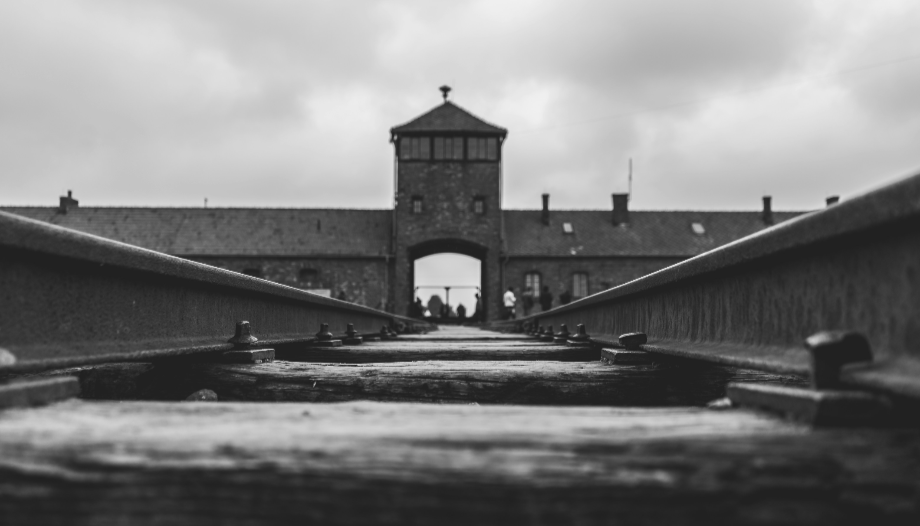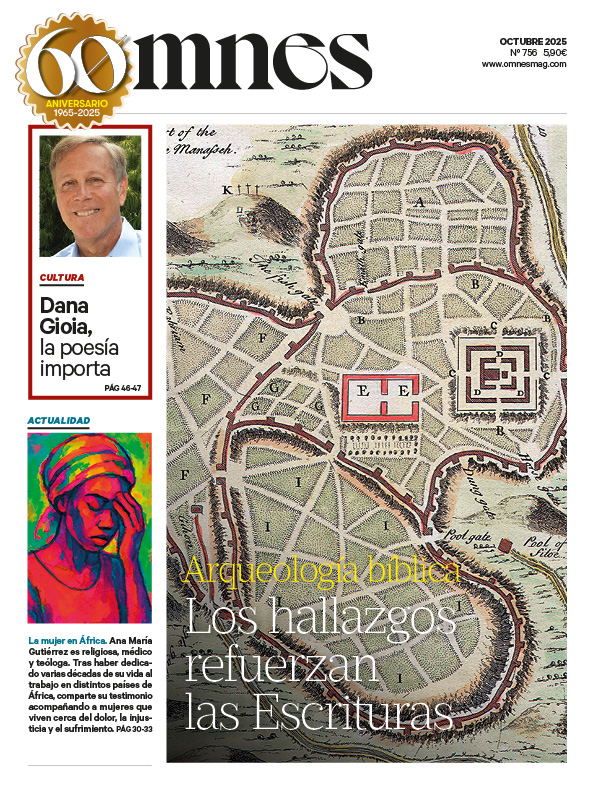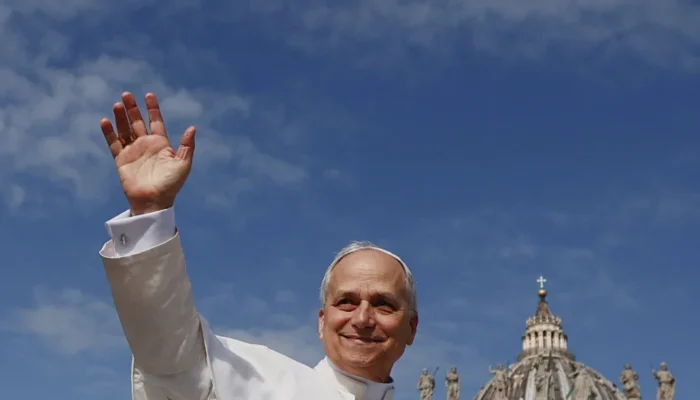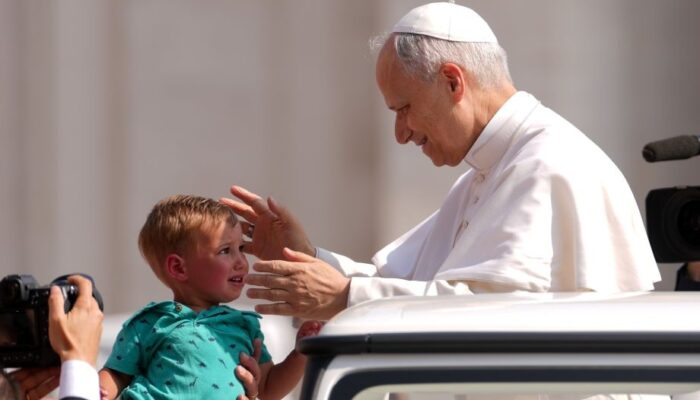Auschwitz, the German name for the Polish town of Oświęcim, has become the most recognizable symbol of the National Socialist genocide (Holocaust/Shoa). In the complex comprising the main camp, Auschwitz I, and the Auschwitz II-Birkenau extermination camp, located three kilometers from the original, approximately 1.1 million people were murdered.
Of the total of more than 5.6 million victims of the Holocaust, one million Jews lost their lives here. The camp was liberated by Red Army troops on January 27, 1945.
However, not only Jews were interned in Auschwitz, but also Gypsies, homosexuals and Poles, many of them intellectuals, including numerous clergymen. Between 1940 and 1945, at least 464 priests, seminarians and religious, as well as 35 nuns, were deported to Auschwitz from Poland and other countries of occupied Europe: France, the Czech Republic, Austria, the Netherlands and Germany. Most of them lost their lives in Auschwitz and in other camps to which they were later transferred.
In September 1940, following the intervention of the Apostolic Nuncio in Berlin, Monsignor Cesare Orsenigo, with the National Socialist government, there was a certain concentration of clergy in the Dachau camp.
Of the 2,720 interned clergy, 1,780 were Poles, and 868 of them perished in the camp. This does not mean that clergy were no longer sent to Auschwitz; deportations continued in the years that followed, as is confirmed by the accounts of the internees and surviving documents.
Documents on religious life
In the concentration camps, under the direction of the SS - a particularly anti-Christian organization within the pagan Nazi regime - any religious activity was strictly forbidden, and the possession of objects of worship was punished with extreme severity. However, these prohibitions did not succeed in preventing the celebration of acts of worship and the administration of sacraments; the official website of the "Auschwitz-Birkenau Museum"documents numerous testimonies in this regard, supported by their corresponding sources.
It is a documented fact that, especially in Dachau, where a considerable number of priests were concentrated in the so-called "priests' barracks 25487", clandestine masses were celebrated. For these celebrations, hosts and sacramental wine were used, which were secretly brought in by civilian workers. In this camp, Karl Leisner was even ordained to the priesthood on December 17, 1944.
Confessions in Auschwitz
Confessions were also frequently made in the concentration camps. Inmates recalled the profound relief and comfort they experienced after confessing, although they had to do so discreetly. Karol Świętorzecki, prisoner number 5360, described his confession in Auschwitz: "In the late autumn of 1940, I confessed to a priest after being transferred to Block No. 2. Later I found out that in the neighboring block, No. 3, there was a Jesuit priest. I found him and asked him to hear my confession, which happened after the evening roll call, next to the wall of block No. 3. The priest asked me if I could communicate something to his superior at the Jesuit monastery in Warsaw, in case I was released from the camp. I complied with his request.
When the priests were transferred from Auschwitz to Dachau, "the farewells and confessions were endless," according to the testimony of Jesuit Father Adam Kozłowiecki. Another inmate, Władysław Lewkowicz, recounts having confessed to Fr. Maximilian Kolbe. In addition to giving confessions, priests distributed communion to inmates who requested it. On some occasions, the SS discovered these practices, and the punishment consisted of 25 lashes, as Paweł Brożek testified.
In Auschwitz, children born in the camp were also baptized, as some of the women arrived pregnant. These babies had little chance of survival. In such circumstances, the camp midwives baptized the newborns with their mothers' permission.
Maria Slisz-Oyrzyńska, prisoner number 40275, recounts one of these christenings: "On the night of December 5-6, 1943, the first child was born in our block 17. The mother was a Polish woman from Sosnowiec. She gave birth to a boy, and the delivery was assisted by Stanisława Leszczyńska, a midwife from Łódź. When the child was born, she said to me, 'and now let's baptize him.' I was his godmother, the first godchild in my life; the mother wanted him to be baptized with the name Adam. Uttering the right words, Stanisława Leszczyńska baptized little Adam." Another witness recalls that, as the front was approaching, Mrs. Leszczyńska "suddenly came running and said that she had to have all the children who had not yet been baptized brought to her, to baptize them."
In Auschwitz, surprisingly, some marriages were also celebrated. Anna Kowalczykowa recalls a celebration of this sacrament: "When I left the 'hospital', I was still weak. However, I returned to my work in the kitchen. I remember that one day the capo Zofia Hubert burst into the kitchen and said: 'Come: Irka Bereziuk... is getting married'. We went out. Irka was standing by the fence that separated the men's camp from the women's camp, and on the other side were Mietek Pronobis and another prisoner, who was a priest. Irka and Mietek were holding hands through the barbed wire, and the prisoner standing next to Mietek was blessing them."
In addition to the sacraments administered, groups dedicated to communal prayer were formed in Auschwitz. Sylwia Gross testifies: "In May 1944, I organized May devotions in praise of the Blessed Virgin Mary in my hospital block. One of the convalescents drew a figure of the Virgin Mary on white cardboard and I placed on her head a crown of white roses that I had made from tissue paper. I placed my rosary in the shape of a heart near the picture. Next to this temporary chapel, we sang the songs of May".
Facing death
Maria Slisz-Oyrzyńska also recorded the collective prayers of the inmates in the rosary, the frequent prayers for the dying and a cross owned by one of the inmates: "When October came, we prayed the rosary in the evenings. When a Polish woman was dying, we would say the prayer for the dying. One night, in November 1943, there was a Polish nun dying in one of the bunks; I don't know by what miracle she had a cross, which she held in her hand. She was consciously praying with us the prayer for the dying. I admired his courage and peace at that moment. There was a Yugoslav woman dying on the next bunk and around her there were also Yugoslav women standing praying in their language.
Some clergymen from parishes near Auschwitz became actively involved in the care of the internees. Although the commandant, Rudolf Höss, refused the request of the Bishop of Krakow, Cardinal Adam Sapieha, to celebrate Mass at Christmas, arguing that it violated camp regulations, the priest Władysław Grohs, arrested for clandestine activities and imprisoned in Auschwitz, emphasized the great commitment of clergy from Auschwitz and nearby parishes in assisting the internees, providing them with food, liturgical vessels and the necessary species to celebrate Mass. To coordinate these activities, a clandestine Committee for Aid to Political Prisoners in the Auschwitz Camp was established, chaired honorarily by Canon Jan Skarbek, who extended its work to other parishes, encouraging clergy and parishioners to offer their help.


